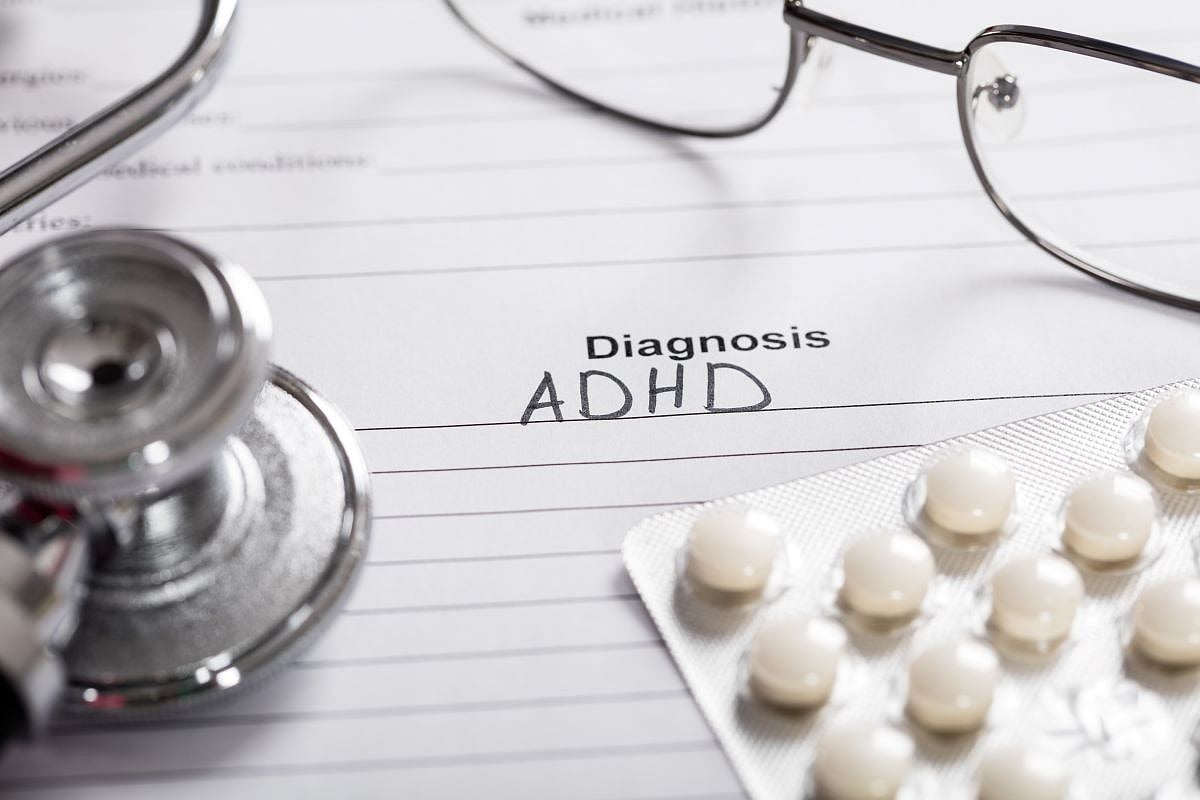There is a new way to pay called Nimble!
When you call in your refill, you will get a text message from them. This will allow you to pay using your cell phone. Nimble is a faster and easier way to refill your prescriptions with the ability to track them if they are mailed to you.
So give Nimble a try, we think you will like it!
Get Healthy!

- Posted September 2, 2025
ADHD Drugs Often Prescribed Too Early To Preschoolers
Expert consensus on the treatment of preschoolers diagnosed with attention deficit hyperactivity disorder (ADHD) is clear: Try behavioral therapies for six months before prescribing medications.
However, a new study found this guideline was followed in only 14.1% of U.S. cases involving children ages 3 to 5.
“We found that many young children are being prescribed medications very soon after their diagnosis of ADHD is documented,” said study lead author Dr. Yair Bannett, an assistant professor of pediatrics at Stanford Medicine in California.
“That’s concerning, because we know starting ADHD treatment with a behavioral approach is beneficial; it has a big positive effect on the child as well as on the family," he explained.
Immediate use of stimulant meds such as Adderall or Ritalin can bring one other downside, since preschoolers' bodies do not metabolize the drugs as easily as older childrens' can.
That could lead to increased side effects from stimulants — such as aggression or irritability — that can turn parents off from ever opting for the beneficial meds again, the Stanford team said.
“We don’t have concerns about the toxicity of the medications for 4- and 5-year-olds, but we do know that there is a high likelihood of treatment failure, because many families decide the side effects outweigh the benefits,” Bannett said in a Stanford news release.
His team published its findings Aug. 29 in JAMA Network Open.
The American Academy of Pediatrics (AAP) recommends any preschooler diagnosed with ADHD first undergo six months of behavioral therapy before being prescribed a stimulant drug.
“Behavioral treatment works on the child’s surroundings: the parents’ actions and the routine the child has,” Bannett explained.
Over time, this therapy helps kids with ADHD build coping skills and habits that are in sync with how their brains work.
The specific therapy advocated by the AAP is called "parent training in behavior management."
It's aimed at building positive parent-child relationships and rewarding children for good behaviors while ignoring bad ones.
Kids are also encouraged to use certain tools for daily life, such as schedules they can look at to stay organized.
Medications can also help ease hyperactivity or attention issues, but studies have shown that for 4- and 5-year-olds, six months of behavioral therapy before the introduction of stimulants is the best approach.
But how often do American preschoolers get to follow these guidelines?
To find out, Bannett’s team tracked the treatment of more than 9,700 kids ages 3, 4 and 5 who were diagnosed with ADHD at primary care clinics run by eight academic medical centers nationwide. Patients were seen at least twice by doctors during a six-month period.
The result: More than 42% of the kids received a prescription for an ADHD medication within a month of their diagnosis, contrary to established guidelines.
In all, 14.1% got medications after the recommended six months of behavioral therapy, the research showed.
In many cases where children got meds too soon, doctors may have felt they had little alternative.
“One important point that always comes up is access to behavioral treatment,” Bannett said. Trained therapists may be tough to find in some areas, or parents' insurance might not cover costs, he explained.
"Doctors tell us, ‘We don’t have anywhere to send these families for behavioral management training, so, weighing the benefits and risks, we think it’s better to give medication than not to offer any treatment at all,’ " he said.
Bannett stressed, however, that parents can find a work-around in many cases, because there are resources online they can use to teach themselves the basic tenets of behavioral therapy.
Pediatricians could guide parents as to where to access this information, Bannett said.
He said an approach to treating ADHD that combines medications with behavioral therapy is ideal, even as kids age.
“For kids 6 and above, the recommendation is both treatments, because behavioral therapy teaches the child and family long-term skills that will help them in life,” Bannett said. “Medication will not do that, so we never think of medication as the only solution for ADHD.”
In any case, early diagnosis is crucial, he added.
“It’s important to catch it early because we know these kids are at higher risk for having academic problems and not completing school,” Bannett said.
He said there's firm evidence that guideline-led treatment can help boost kids' grades, their social relationships and even employment as they enter adulthood.
More information
Find out more about ADHD at the American Academy of Pediatrics.
SOURCE: Stanford Medicine, news release, Aug. 29, 2025
